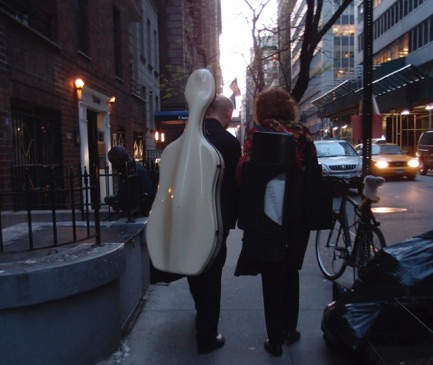Sept papillons - Works for cello by Kaija Saariaho

Kaija Saariaho and Anssi Karttunen both moved to Paris in the early 1980's, quickly became close friends and started working together. Their collaboration has produced one of the most important bodies of work for cello of the 20th and 21st centuries.
Apart from six pieces for solo cello, Saariaho has written four concertante works and numerous chamber music pieces. Anssi Karttunen was involved in the world premieres of most of these pieces.
This collaboration is a living proof of how an interpreter and composer can grow together pushing each other into directions that would have been unimaginable in other circumstances.
The most recent additions to this repertoire are the Cello Concerto "Notes on Light" (2006) and "Mirage" (2007) for Soprano, Cello and Orchestra, "Cloud Trio" for String trio (2010), "Dreaming Chaconne" (2010), "Offrande" for cello and organ (2014) and "Lullaby" (2020) for solo cello.

Pieces for cello by Kaija Saariaho:
Solo cello:
Petals, (with optional electronics) *
Près, (with electronics) *
Spins and Spells
Sept Papillons *
Etincelles
Dreaming Chaconne *
Lullaby*
Concertante:
.. à la Fumée, for cello, alto flute and orchestra *
Amers, for cello and ensemble *
Notes on light, for cello and orchestra *
Mirage, for soprano, cello and orchestra *
Chamber music:
Jing, soprano and cello
Im traume, cello and piano
Nymphéa, String Quartet
Gates, flute, cello and harpsichord
Oi kuu, bass clarine (or bass flute) and cello *
Cendres, flute, cello and piano *
Neiges, eight cellos
Changing Light, soprano and cello *
Je sens un deuxième coeur, viola cello and piano *
Terra memoria, String Quartet
Serenatas, cello, percussion and piano *
Cloud Trio, for String Trio *
Mirage, soprano, cello and piano *
Light and Matter, piano trio
Offrande, cello and organ *
Aure, cello and violin *
Concordia, cello and violin
(*=premiered by Anssi Karttunen)
Programme notes:
"Petals" (1988), for cello and live electronics.
"Petals" (1988) for solo cello was written fast in only a few days, but evidently after a long unconscious preparation. The material comes directly from Nymphea for string quartet and electronics. The name of the piece is derived from this relationship.
The opposite elements here are fragile, coloristic passages which give birth to more energetic events with clear rhythmic and melodic character. These more sharply focused figures pass through different transformations, and finally merge back to less dynamic but not less intensive filigration. In bringing together these very opposite modes of expressions I aimed to force the interpreter to stretch his sensibility.
Petals was inspired by the playing of Anssi Karttunen and is dedicated to him. The first performance was at the Musica Nova festival in Bremen the 19th of May 1988.
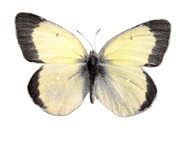
Près for solo cello and electronics emerged at the same time as Amers, a concerto for cello and chamber orchestra. The musical material in the two works is to a large extent the same. Given the very different means of implementing the material, however, the only identical elements are certain parts for the solo instrument and few of the electronic sound material. In terms of form and dramatic structure the pieces are strikingly different. Both were produced at IRCAM, and the electronic component is very important in each case. In Près the electronics continue and expand the musical gestures of the solo instrument.
Près is in three movements. The first movement concentrates on a rather linear texture, in which the cello part is in places fused with the synthetic sounds. This material is based on recordings that I made with Anssi Karttunen and subsequently either analyzed and used as the starting point for the work's harmony and sound synthesis, or transformed in different ways.
The synthetic element is realized using resonant filters that also operate in real time in the succeeding movements, where the cello sound is modified on a music workstation developed at IRCAM.
As a whole the electronic element consists of synthetic sounds, modified cello sounds stored in the computer, and real-time sound processing. This latter element has made use of resonating filters and different types of delay-, space-, filtering-, and transposing techniques. The programming work was realized by Xavier Chabot and Jean-Baptiste Barrière at IRCAM.
The name of the piece links it to its sister-work (Amers - a nautical term for leading marks or landmarks), as well as Paul Gauguin's painting By the Sea, and hence to the experience of the sea itself and waves, their different rhythms and sounds, stormy weather and calms. In other words: material, wave shapes, rhythmic figures, timbres. The charging up of the music and the ultimate release of that charge.
Près is dedicated to Anssi Karttunen, whose collaboration on the work led to its completion and who gave the first performance in Strasbourg on November 11th 1992.
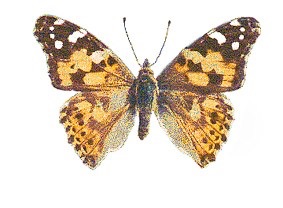
The title of this piece refers to the two gestures that are the basis of the piece: on one hand the motives I call "Spins", turning on themselves or going through transformations and, on the other hand, timeless moments, centered on colors and sound textures.
The whole piece develops around or between these two gestures. I have chosen to tune the cello in an unusual way in order to personalize the harmonic language: the fifths are here replaced by structures that favor major sixths and minor thirds.
Marked by this scordatura, the sonority of Spins and Spells reminds me of the music and instrumental colors of another time, well before the times of the cello that we know today, albeit seen through and transformed by my own universe.
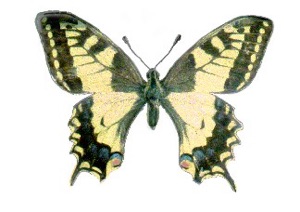
"Sept papillons" was the first piece Saariaho wrote after her opera "L'Amour de loin" and it was partly written during the rehearsals of the opera in Salzburg. One can sense the desire to find a new world which has nothing to to do with the opera neither in style nor in language. From the metaphors of the opera which all have an eternal quality - love, yearning and death - she moved now to a metaphor of the ephemeral: butterfly.
Also, from the long time-spans of the opera she moved to these seven miniatures, which each seem to be studies on a different aspect of fragile and ephemeral movement that has no beginning nor end.
"Sept papillons" was commissioned by the Rudolf Steiner foundation and was first performed by Anssi Karttunen in Helsinki in September 2000.
"Etincelles" for cello solo
"Etincelles" is a piece written for the 30th birthday of the French cellist Alexis Decharmes. The short piece is based on the material of the solo part from Saariaho's Cello Concerto, "Notes on Light", more precicely its second movement: "On Fire".
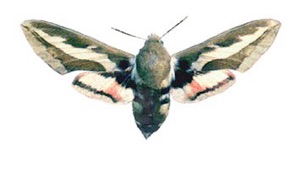
"Dreaming Chaconne" is part of a collective set of pieces by 31 composers entitled "Mystery Variations on Colombi's Chiacona". All the composers wrote a variation, or a "reaction" to the earliest piece known to be written for the solo cello, Giuseppe Colombi's Chiacona. The series of pieces was the idea of Kaija Saariaho and Muriel von Braun for the 50th birthday of Anssi Karttunen in 2010. "Dreaming Chaconne" takes the harmonic structure of Colombi's piece and through complex trills and double stops, combines memories of the ancient piece through Saariaho's special cello visions.
"Aure", for violin and cello (2015)
Shadows of Time in five episodes for orchestra by Henri Dutilleux is a work that I particularly admire. It is a rich and extraordinarily shaped composition. I find the third movement, "Mémoire des ombres" (Memories of Shadows) deeply moving in its subject (the text is a sentence from Anne Frank’s diary: "Why us, why the star?"), in its dedication – "for Anne Frank and for all the children in the world, all innocent (1945-1995)" – and in its unforgettable compositional mastery.
I took a phrase, the first one sung by the child’s voice, as a point of departure for my little homage because it has often come to my mind since 1998, the year I first heard the work.
Aure, physics, old word: Breeze, breath, air. "We were caressed by a gentle breeze that our ancient language called "aure"; a kind of delicate morning breeze, misty and scented in the dew." Chateaubriand, Mémoires d'outre-tombe (Memories from Beyond the Grave).
I wrote this piece originally as an homage to Henri Dutilleux’s 95th birthday. The present version for violin and cello was made for Jennifer Koh and Anssi Karttunen, and is dedicated for them.
"Offrande" (2014) for cello and organ
"Offrande" was written as a wedding gift for Anssi's daughter Marianna and Nicolas Saint Bris. The piece borrows material from "Maan Varjot", Saariaho's Organ Concerto from the previous year. The piece was first performed at the church of Amboise, France on July 26th 2014 by Anssi Karttune and Tuija Hakkila. The first public performance will be given by Karttunen with Olivier Latry in Paris on the 13th of February 2017.
"Lullaby" In Memoriam Oliver Knussen (2020) for solo cello
Kaija started writing Lullaby in August 2018 immediately after the sudden passing of Oliver Knussen but it took her until January 2020 to finish. She first wrote a little lullaby melody and decided to combine it with material from a birthday piece that Knussen had written her in 2002. The piece is a meeting of two characters, two moods , two very different composers. It is a celebration of how opposites attract each other and how passing of a friend provokes multiple emotions from sadness to reflection, even anger.
